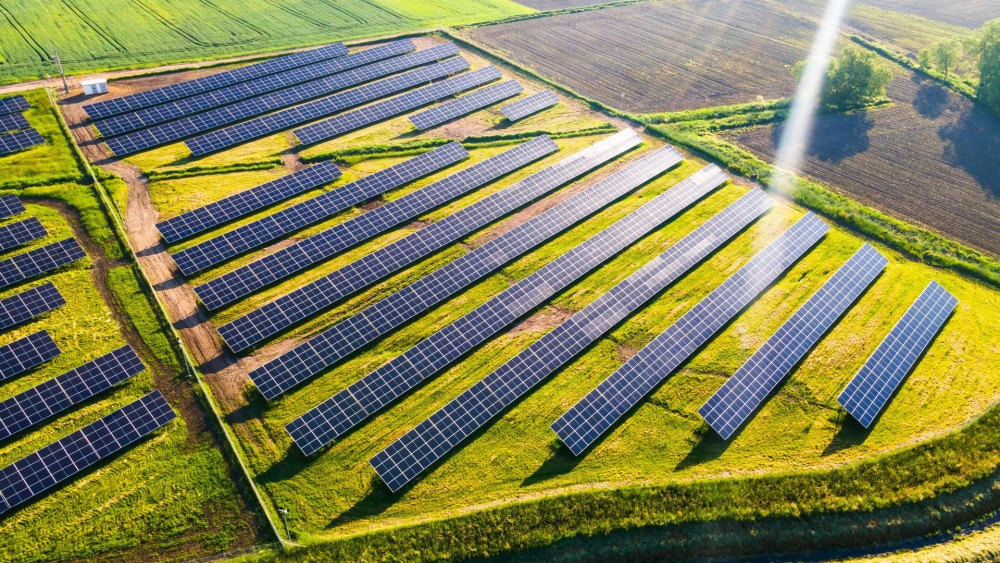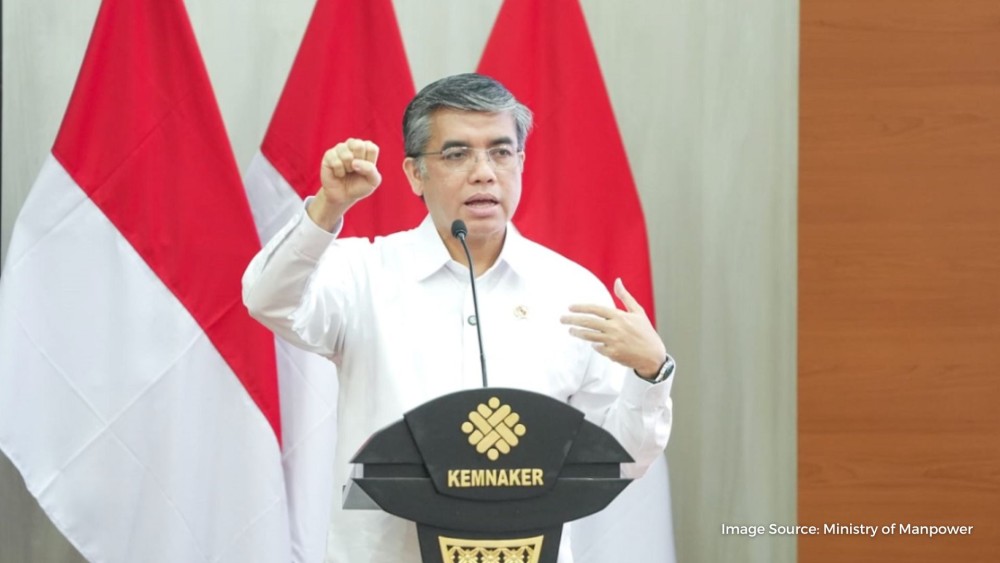Solar PV still has significant potential in Indonesia
29 Feb 2024

In 2021, Indonesia has identified solar energy as a key resource for the nation, with the Ministry of Energy and Mineral Resources (MEMR) estimating a vast potential of 3,294 GW. Other data from the Institute of Essential Services Reform (IESR) suggests an even larger potential, totaling 7,715 GW. This is evident from the nation’s strategic equatorial location, ensuring an average daily global horizontal irradiation (GHI) of 4.8 kWh/m2, surpassing several countries including Germany, Japan, China, and Singapore.
To maximize this potential, Indonesia has set ambitious targets, as outlined in Presidential Regulation No.22/2017 on the General Plan for National Energy (RUEN). By 2025, the country aims to achieve a solar power installed capacity of 6.5 GW, to be further escalated to 17.6 GW by 2035. Since then, several areas of focus have emerged to bolster the solar photovoltaic (PV) industry, including floating solar PV systems, solar rooftops for households, and utility-scale solar farms.
Floating Solar PV Systems
Floating solar PV systems present a promising avenue, leveraged by Indonesia’s extensive maritime territory, and as laid out in an analysis by the National Research and Innovation Agency of Indonesia (BRIN) in 2022.
With 5,800 lakes spanning 5,868 square kilometer (sqkm) and 708,000 sqkm of calm maritime areas, the nation boasts ample space for floating PV systems. The safety of installing solar PV panels is also evidenced by the absence of tropical storms in Indonesia over the past 50 years.
One of the realizations of Indonesia’s floating solar PV potentials is the Cirata Reservoir in West Java, which has just been inaugurated at the end of 2023. Hosting Southeast Asia’s largest floating PV installation, the Cirata Floating PV Installation covers 225 hectares of water, boasting a capacity of 192 MW. This success opens dialogues for expansion plans between the state-owned electricity company PLN and Abu Dhabi-based renewable energy company Masdar. Phase II of Cirata solar plant development aims to increase its total installed capacity to 500 MW.
Looking into 2024, Andriah Feby Misna, Renewable Energy director at the MEMR, revealed plans for additional hybrid floating solar plant projects. In alignment with PLN’s Long-Term Electricity Procurement Plan (RUPTL) for 2021-2030, these projects will be situated in Singkarak (West Sumatra), Saguling (West Java), and Karangkates (East Java).
Expansion of Solar Rooftops for Households
Another major potential is presented by the utilization of rooftop solar PV for households in Indonesia. With a potential capacity of 32.5 GW, Indonesia’s rooftop solar PV, as of June 2023, produces up to 95 MW, with the household sector accounting for 72% of the share.
The electricity consumption in Indonesia has been dominated by the household sector for at least the past sixteen years, according to the data from MEMR. Notably, in 2020, the household sector made up 50.8% of the national electricity usage.
In early 2024, the Indonesian government amended the Energy and Mineral Resources Ministerial Regulation No. 26/2021 to boost the household sector transition to renewable energy, eliminating the previous solar PV installation limit of 10-15% out of the total electricity capacity installed by PLN.
Looking ahead, the government is actively promoting the expansion of rooftop solar panels for households to enhance Indonesia's renewable energy mix. As outlined in the RUEN, by 2050, rooftop solar PV is expected to cover at least 30% of government buildings and 25% of upscale residential complexes and apartments, further contributing to renewable energy practices.
Utility-Scale Solar Farm
The expansion of utility-scale solar PV facilities in Indonesia also presents significant opportunities. Since the inauguration of the first facility with 2.8 GWh capacity in Karangasem, Bali, in 2013, the government has ramped up efforts to accelerate these projects.
Among the recent successes is the 29-hectare Likupang Solar PV project in Wineru Village, East Likupang, North Sulawesi, which boasts a capacity of 15 MW. This facility, the largest of its kind in Indonesia, has the capacity to power up roughly 15,000 households and reduce greenhouse gas emissions by up to 20.01 kilotons, according to the facility operator Vena Energy.
Indeed, Vena Energy has established quite a track record since, with the company currently operating five solar and wind power projects totaling 114 MW in Indonesia as part of their support for Indonesia’s green energy transformation journey. This is in line with the government's commitment to prioritizing utility-scale solar PV as stipulated in the RUEN, which aims to increase Indonesia's renewable energy share in the primary energy mix to 23% by 2025 and 31% by 2050.
All in all, Indonesia's solar PV potential is vast and is expected to become a dominant force in the nation's energy landscape by 2060 with, expectedly, over 60% of the total energy generation. Despite this potential, current installed capacity remains significantly low, with realized solar power generation making up less than 1% of the total potential, according to the MEMR in 2023. On the other hand, this underscores the untapped market and the ample room for growth in the sector.















